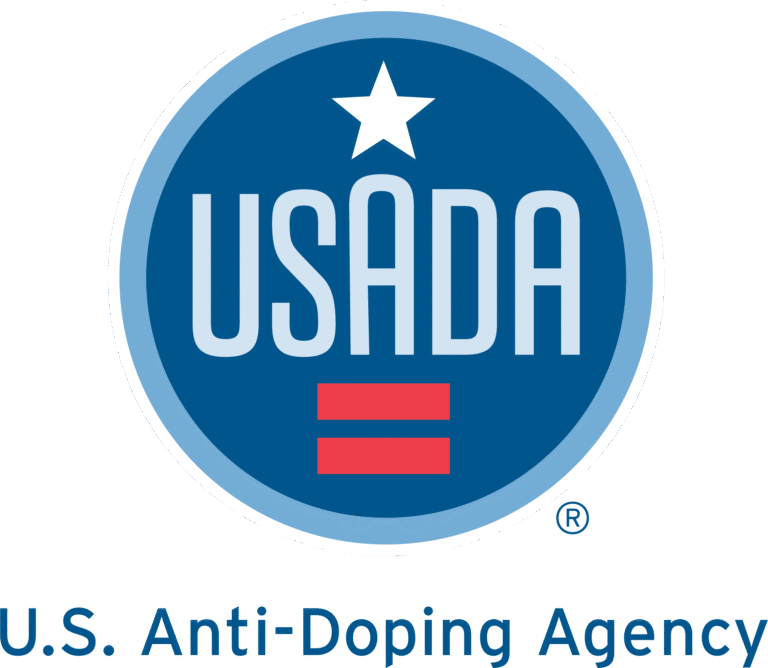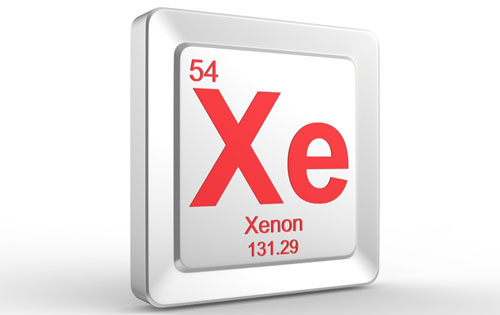Ask The Scientists
Recent reports in the media and from other sources suggest that athletes may be attempting to enhance performance by using dangerous, highly toxic, concentrated gases. Inhalation of volumes of concentrated gases such as carbon monoxide, hydrogen sulfide, and xenon, even with medical supervision, may carry serious health risks. Hydrogen sulfide is particularly insidious because an early effect of the gas is to paralyze the olfactory nerves increasing the danger of toxic dosages. Persons who survive acute poisoning may require months of recuperation characterized by fatigue, headache, lack of initiative, irritability, and loss of equilibrium. Xenon has been used as an anesthetic, and may have side effects such as hypertension and nausea and vomiting in a significant number of individuals.
In a response to these concerns, The World Anti-Doping Agency (WADA) has added a new, HIF Stabilizers and Activators category to the 2014 Prohibited List, which includes substances such as Xenon and Argon, among others. The addition of this class of substances to the list will be effective on September 1, 2014, following the required three-month notice period. Testing can detect the use of HIF stabilizers and activators.








